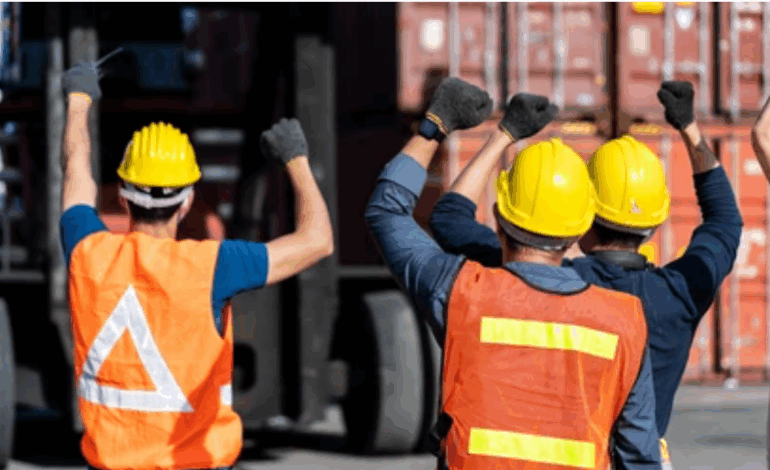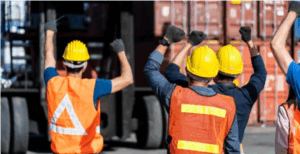Workers of the World Rise: A Global Wave of Protests for Labor Rights
By [Your Name], May 2025
From the crowded streets of New York and Paris to the industrial zones of Dhaka and Johannesburg, a global uprising for labor rights is sweeping across continents. In 2025, workers are no longer waiting for reform—they are demanding justice now.
Driven by worsening economic inequality, stagnant wages, and exploitative working conditions, workers in dozens of countries are mobilizing in unprecedented numbers. These protests mark a turning point in the global labor movement, as people from vastly different industries and cultures rally around shared values: dignity, fairness, and respect for human labor.
🔥 What’s Fueling the Fire?
The global protests are not spontaneous—they are the result of years of growing frustration:
- Stagnant or declining real wages, even as the cost of living soars.
- Job insecurity in gig economies and tech-driven workplaces.
- Erosion of union power and attacks on collective bargaining rights.
- Unsafe working conditions, especially in developing economies.
- Exploitative contracts for migrant and informal workers.
The pandemic exposed systemic inequalities in the labor market. Post-pandemic recovery policies, many argue, favored corporations over workers, fueling further unrest.
🌍 Protests by Region: A Snapshot
🇺🇸 United States
Tens of thousands of workers across sectors—healthcare, logistics, education, and retail—have staged walkouts. The push for a $20 federal minimum wage and stronger labor protections has become a rallying cry. Strikes at major companies like Amazon and Starbucks have gained national attention.
🇫🇷 France
Nationwide strikes continue over pension reforms and austerity policies. Labor unions have staged mass rallies demanding wage increases, shorter working hours, and more equitable tax policies.
🇧🇩 Bangladesh
Garment workers—primarily women—have shut down factories in protest over low wages and unsafe working conditions. Their protests are being supported by global fashion consumers and international human rights groups.
🇿🇦 South Africa
Mining and transportation workers are striking over exploitative contracts and demanding increased safety regulations and higher wages. The protests have disrupted key industries and placed pressure on government leaders.
🇧🇷 Brazil
Public sector workers, including teachers and healthcare professionals, are leading mass demonstrations for improved pay and better working conditions, especially in underserved regions.
🧠 A New Generation Leading the Way
Unlike past labor movements, today’s protests are being led by a new generation of workers—digitally connected, socially aware, and politically vocal. Social media has allowed these movements to spread rapidly, gain support, and hold corporations accountable in real time.
Movements like #FairWorkNow and #GlobalLaborRights are trending globally, helping unite protests in different countries under a shared vision.
⚖️ Intersection of Labor and Social Justice
Today’s labor protests are not just about wages—they intersect with broader demands for racial justice, gender equality, and climate resilience.
- Women are demanding equal pay and an end to workplace harassment.
- Migrant workers are calling for pathways to legal status and protection from abuse.
- Climate activists are joining labor protests to push for a just transition to green jobs.
🛠️ Governments and Corporations Respond
Responses have varied:
- In some countries, governments have announced wage hikes, labor law reviews, or tax reforms.
- Others have cracked down, arresting union leaders or banning public gatherings.
- Major companies are feeling pressure from consumers to treat workers ethically, leading some to begin negotiations or increase transparency.
However, activists caution that token reforms are not enough. What’s needed is a global rethinking of labor’s value in the modern economy.
🚩 The Road Ahead
The worldwide protests of 2025 are not isolated events. They are part of a growing global movement for labor rights in the 21st century. As economic, technological, and environmental challenges reshape the world of work, workers are making it clear that they will not be left behind.
What began as a wave of scattered demonstrations is now a coordinated demand for change—a global chorus refusing to be ignored.
The message is clear:
Labor is not a cost to be minimized—it’s the foundation of every society. And it’s time the world starts treating it that way.
Would you like a condensed version of this article for social media or a graphic timeline of the protests?












